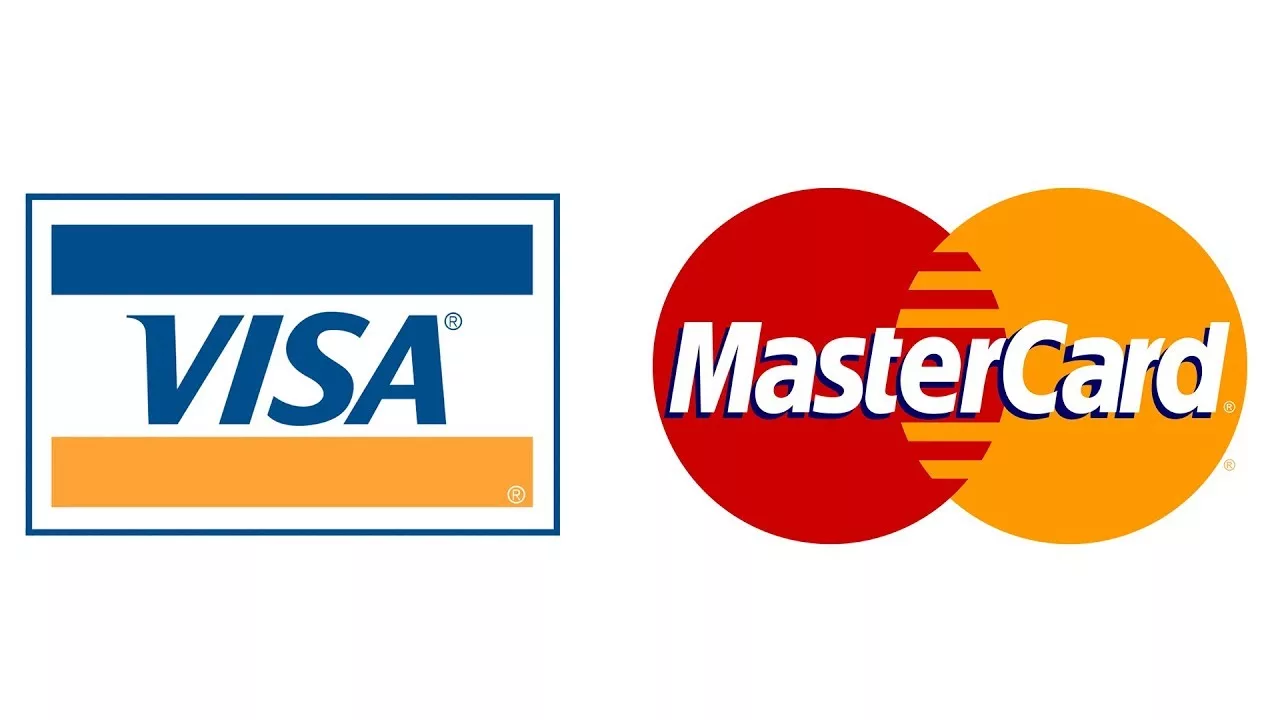Mastercard is one of the most recognized brands in the world. According to Nilson Report, it represents more than a quarter of all payment card purchase volume in the United States, making it the second biggest card network there.
Mastercard’s worth has increased as society throughout the world moves toward becoming more cashless. The company’s market valuation was over $360 billion in May 2023, and over the previous five years, its share price increased by about 100%.
According to Lisa Ellis, a senior research analyst at MoffettNathanson, LLC, “Mastercard grew earnings at a 10-year CAGR [compound annual growth rate] of 20% post-financial crisis, pre-pandemic.” For reference, the market’s total profits growth for the S&P is in the upper single digits.
The stock of Mastercard has outpaced that of Visa over the previous five years, despite the fact that Visa dominates Mastercard in terms of the number of cards in use, net revenue, and market share based on purchase transactions.
“It has faster top-line growth and that acquisitive nature that gives it a premium,” said Dominick Gabriele, senior analyst at Oppenheimer & Co. People do think that it may eventually reach Visa’s margin, and some of their partners are being removed.
The position Mastercard holds in the global market gives them a competitive advantage over Visa.
Visa Europe was not previously owned by Visa. Although it bore the Visa trademark, it remained a separate entity, according to Ellis. “Back in 2016, 2017, Visa was able to acquire Visa Europe, and since then, they have made a significant investment to update Visa’s business practices in Europe. But in the meanwhile, Mastercard has greatly surpassed Visa in Europe by profiting from that kind of disruption.

